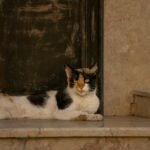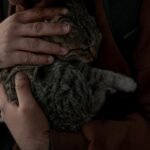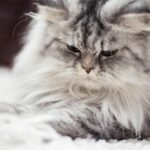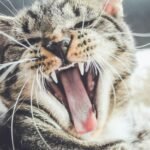Egyptian Mau: The Pharaoh’s Spotted Speedster

Picture this: a cat that can run faster than you can bike to the grocery store. The Egyptian Mau holds the record as the fastest domestic cat, reaching speeds up to 30 mph with those naturally spotted silver, bronze, or smoke-colored coats. These living pieces of history were literally worshipped in ancient Egypt, appearing in tomb paintings dating back 4,000 years. Their distinctive “M” marking on the forehead was considered a sacred symbol. Unlike other spotted breeds that were created through selective breeding, the Egyptian Mau’s spots occur naturally, making them incredibly rare with only about 200 registered worldwide each year.
Abyssinian: Africa’s Elegant Hunter

Meet the cat that looks like it stepped straight out of an ancient Ethiopian legend. The Abyssinian’s ticked coat creates an almost shimmering effect, with each hair banded in multiple colors like a tiny rainbow. These cats are basically the athletes of the feline world, known for their incredible jumping abilities and endless curiosity. They’ve been found mummified alongside pharaohs, suggesting they were considered precious enough to accompany royalty into the afterlife. What makes them truly special is their dog-like personality – they’ll follow you around, play fetch, and even learn to walk on a leash. Their large, expressive eyes seem to hold secrets from civilizations long past.
Turkish Angora: The Sultan’s Silk-Coated Treasure

Imagine a cat so beautiful that Turkish sultans kept them as palace treasures, refusing to let them leave the country for centuries. The Turkish Angora’s silky, medium-length coat flows like liquid silk, and many have mesmerizing odd-colored eyes – one blue, one amber. These cats nearly went extinct in the early 1900s until the Ankara Zoo in Turkey started a breeding program to save them. They’re known for their intelligence and sometimes mischievous personality, often learning to open doors and turn on faucets. The breed was so prized that they were among the first cats to be shown in European cat shows in the 1600s.
Persian: The Ancient Aristocrat
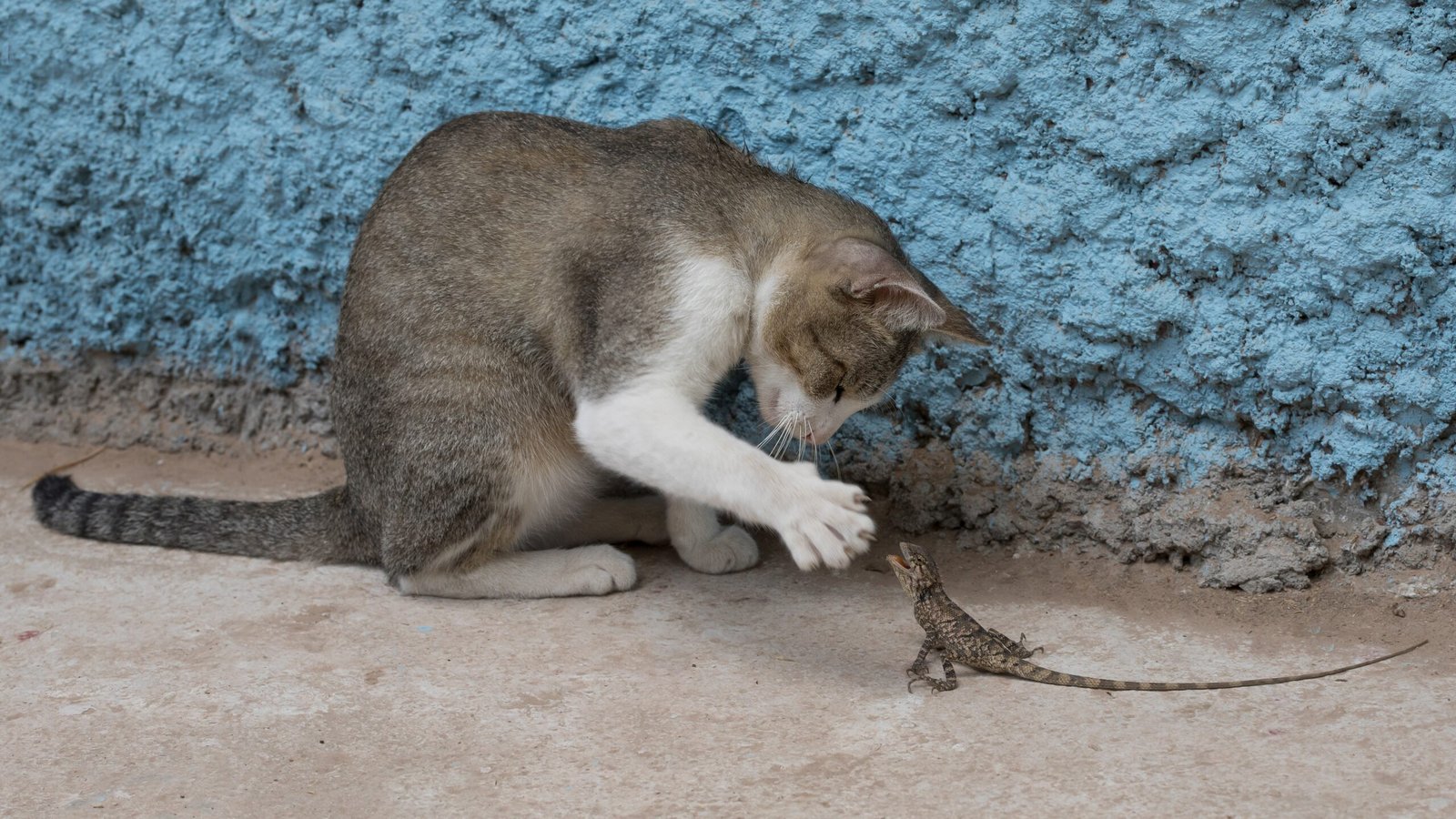
Long before Instagram made flat-faced cats famous, Persians were already stealing hearts in ancient Persia around 1620. These fluffy royals require daily grooming – their coats can actually mat within 24 hours if left unattended. What’s fascinating is that early Persians looked quite different from today’s ultra-flat-faced versions, with longer noses and less extreme features. They were so valued that stealing one was punishable by death in some ancient cultures. Despite their regal appearance, Persians are known for their gentle, laid-back personalities, earning them the nickname “furniture with fur” among cat enthusiasts.
Siamese: The Vocal Royalty of Siam
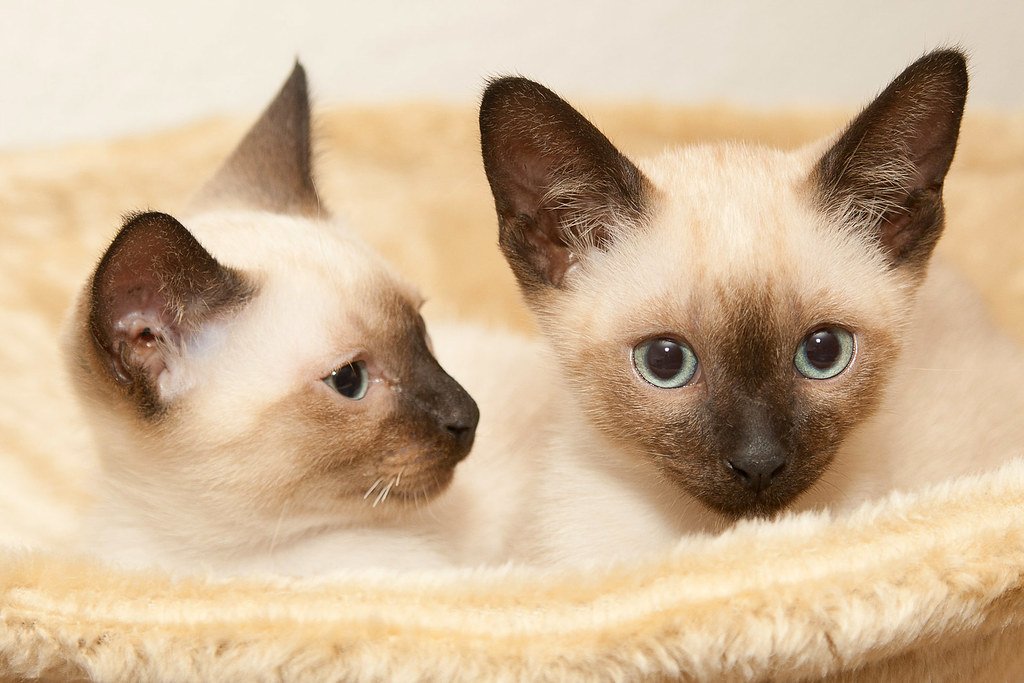
These blue-eyed beauties weren’t just cats in ancient Thailand – they were considered sacred temple guardians whose souls carried deceased royalty to the afterlife. The distinctive color-point pattern actually develops due to temperature-sensitive enzymes, which is why Siamese kittens are born completely white. Their famous “voice” isn’t just for show; ancient Siamese cats were trained to alert temple monks to intruders with their loud, distinctive calls. Legend says their kinked tails and crossed eyes came from guarding Buddha’s golden goblet so diligently that their tails bent around it and their eyes crossed from intense concentration. Modern Siamese cats can live up to 20 years and are known for forming intense bonds with their human families.
Maine Coon: America’s Gentle Giant
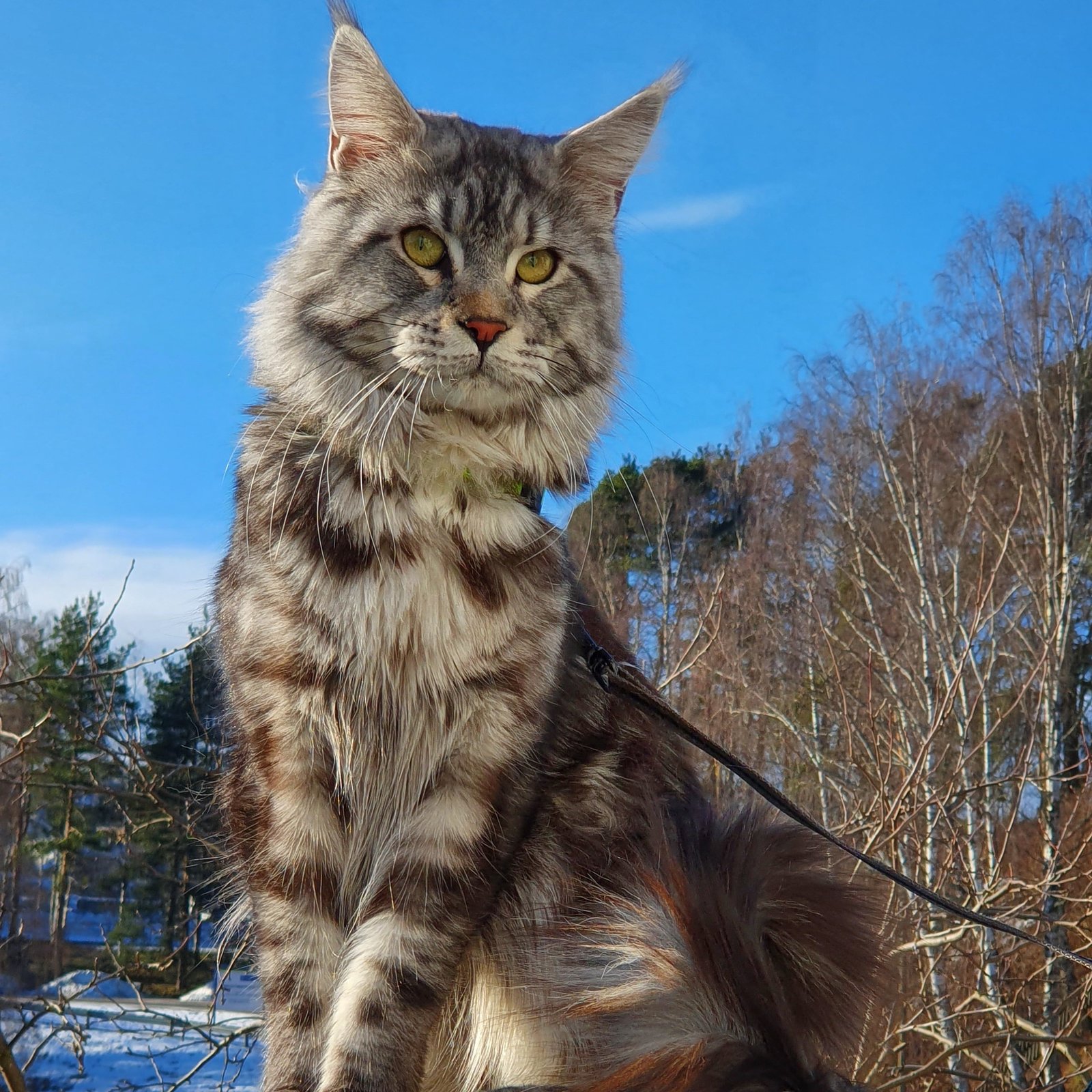
Before you say “that’s not ancient,” consider this: Maine Coons have been roaming North America since the 1600s, making them one of the oldest natural breeds in the New World. These massive cats, some weighing up to 25 pounds, developed their thick, water-resistant coats to survive harsh Maine winters. Their tufted ears and large paws work like natural snowshoes, and their bushy tails can wrap around their bodies like a built-in blanket. What’s truly remarkable is their gentle temperament despite their wild appearance – they’re often called “dog-like” cats who enjoy playing fetch and following their owners around. Some Maine Coons can grow to be three feet long from nose to tail tip.
Norwegian Forest Cat: The Viking’s Companion
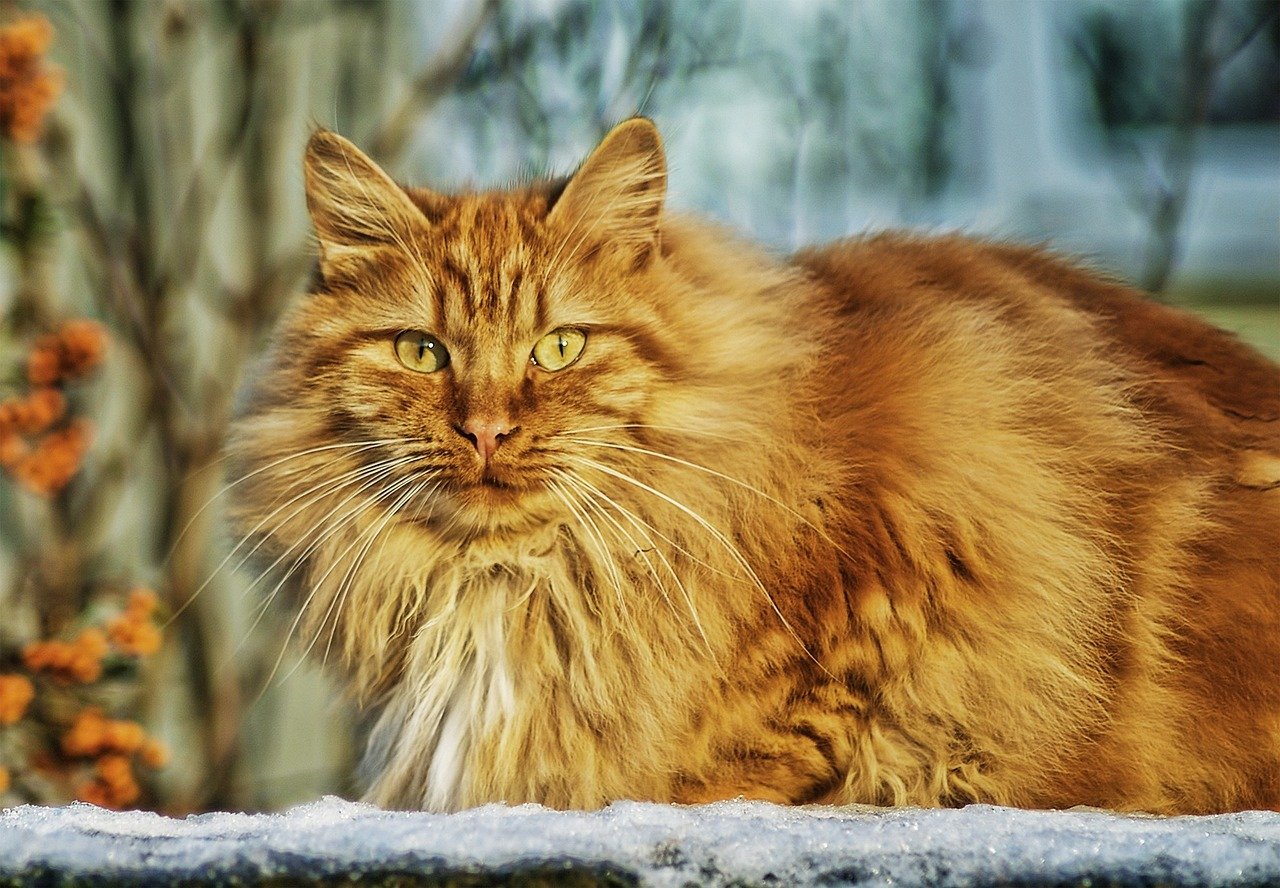
These magnificent cats sailed with Vikings over 1,000 years ago, earning their place in Norse mythology as the cats that pulled the goddess Freya’s chariot. Their incredible climbing abilities and thick, weatherproof double coats made them perfect ship cats and farm mousers in Scandinavia’s brutal climate. Norwegian Forest Cats are built like feline tanks – they can weigh up to 22 pounds and have incredibly strong hind legs that allow them to climb down trees headfirst. During World War II, the breed nearly disappeared, but dedicated Norwegian breeders worked to preserve these living pieces of Viking history. Their triangular faces and lynx-like ear tufts give them an almost mystical appearance that perfectly matches their legendary status.
Manx: The Tailless Wonder

On the Isle of Man, a small island between England and Ireland, a genetic mutation created something extraordinary: cats born without tails. The Manx breed has existed for over 400 years, with local legends claiming they were the last animals to board Noah’s Ark and got their tails caught in the door. These cats are incredible jumpers and climbers, using their powerful hind legs to compensate for their missing tail’s balance function. Manx cats come in different tail lengths, from completely tailless “rumpies” to “longies” with almost full tails. What makes them truly special is their rounded appearance and rabbit-like hop when they run, earning them the nickname “cabbit” among islanders.
Chartreux: France’s Blue-Gray Monastery Cat

Hidden away in French monasteries, Chartreux cats lived alongside monks for centuries, developing their distinctive blue-gray coats and bright orange eyes. These cats are known for their quiet nature – they rarely meow and instead communicate through chirps and trills. French breeders were so protective of this breed that they kept detailed records dating back to the 1600s, treating each cat like a precious work of art. Chartreux cats have incredibly dense, water-repellent coats that feel like sheep’s wool, and their smiling expression comes from their round head shape and slightly upturned mouth. They’re often called “the smiling cats of France” and are known for their loyalty to one particular family member.
Korat: Thailand’s Silver Good Luck Charm
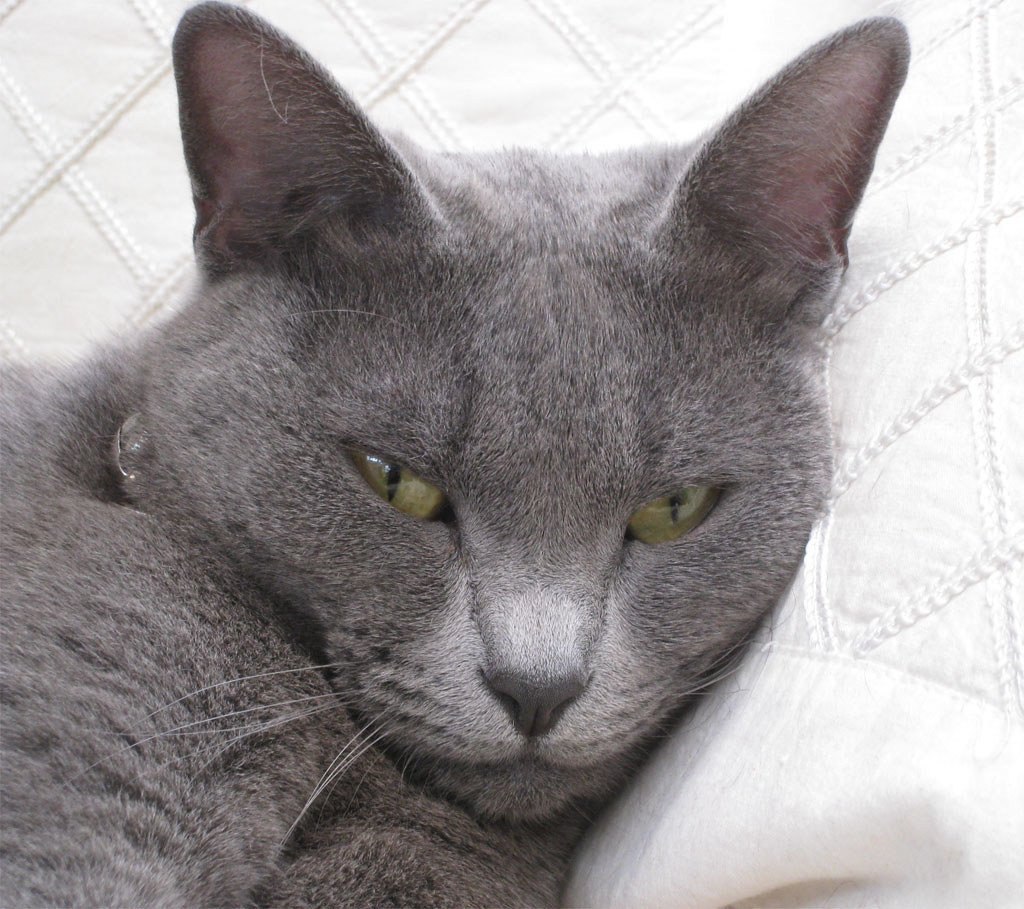
In Thailand, giving someone a Korat cat is considered the ultimate wedding gift because they’re believed to bring good fortune and prosperity. These silver-blue cats have existed for over 600 years, with their heart-shaped faces and large green eyes making them instantly recognizable. What’s incredible is that all Korat cats worldwide can trace their lineage back to Thailand – they were never crossbred with other breeds. Their coat has a unique quality where each hair is silver at the root, blue in the middle, and silver at the tip, creating an almost mystical shimmer. Korats are known for their intelligence and strong territorial instincts, often ruling their households with quiet authority.
Siberian: Russia’s Forest Survivor

Surviving in Russia’s harsh forests for over 1,000 years, Siberian cats developed incredible adaptations that make them living legends. Their triple-layered coats are completely waterproof, and their large, rounded paws work like natural snowshoes for walking on snow. These cats are surprisingly agile despite their substantial size, with some weighing up to 20 pounds yet still being excellent climbers and jumpers. Siberians have a unique trait – many are hypoallergenic despite their long coats, producing lower levels of the Fel d 1 protein that triggers allergies. Russian folklore claims these cats could jump higher than any other feline and were capable of warding off evil spirits from homes.
Turkish Van: The Swimming Cat of Ancient Armenia
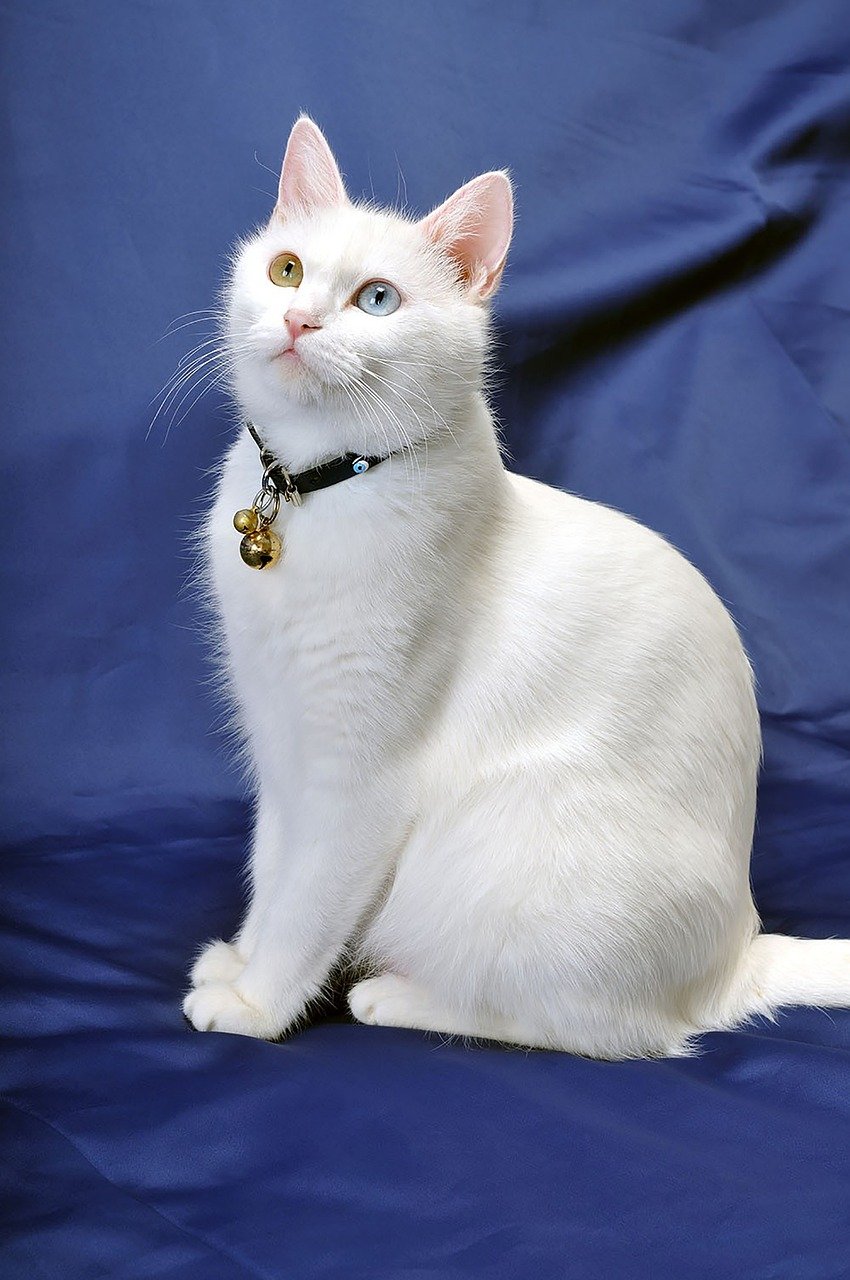
Meet the only cat breed that actually enjoys swimming – the Turkish Van developed this unusual trait living near Lake Van in ancient Armenia. These cats have a unique coat pattern called “Van pattern” with colored markings only on their head and tail, while the rest of their body remains white. Their semi-long coat is water-resistant, and their powerful swimming abilities earned them the nickname “swimming cats” among locals. Turkish Vans are incredibly athletic and energetic, often learning to turn on faucets because of their fascination with water. They’re also known for their mismatched eyes – one amber, one blue – which ancient people believed gave them the power to see both the earthly and spiritual worlds.
Looking at these incredible survivors, it’s amazing to think that while entire civilizations have risen and fallen, these cats have quietly adapted, survived, and thrived alongside humans for thousands of years. Which of these ancient feline warriors would you choose as your time-traveling companion?
Hi, I’m Bola, a passionate writer and creative strategist with a knack for crafting compelling content that educates, inspires, and connects. Over the years, I’ve honed my skills across various writing fields, including content creation, copywriting, online course development, and video scriptwriting.
When I’m not at my desk, you’ll find me exploring new ideas, reading books, or brainstorming creative ways to solve challenges. I believe that words have the power to transform, and I’m here to help you leverage that power for success.
Thanks for stopping by, Keep coming to this website to checkout new articles form me. You’d always love it!

